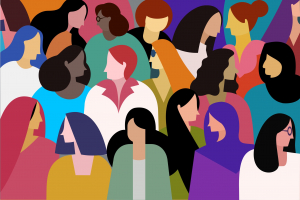A new UN report has warned that the world would take another 300 years to achieve gender equality if the countries perform to continue as usual. This is despite the fact that achieving full gender equality is one of the United Nations’ 17 Sustainable Development Goals (SDGs).
A new report published by UN Women and the UN Department of Economic and Social Affairs (UN DESA) has also revealed how gender disparities are worsening in the face of “cascading” global crises – such as the COVID-19 pandemic, violent conflict, and climate change – coupled with the backlash against women’s sexual and reproductive health and rights.
As a result, countries will not meet SDG 5, that is gender equality, by the 2030 deadline. There are many dimensions to gender equality which needs a comprehensive understanding for better strategic planning and implementation to achieve the goal in shortest possible time, preferably by the 2030 deadline. We are already too late and there are numerous issues at hand.
Let us take as an example the warning which the report has served. It has said that at the current rate of progress, it will take up to 286 years to close gaps in legal protection and remove discriminatory laws. It goes without saying that the legal framework needs immediate review to find out and remove injustice to girls and women which have been traditionally part of our socio-legal systems.
As for the equal opportunity to girls and women in the social, economic, and political activities, the situation is equally difficult for them to overcome in the near future. For example, the report has warned that it would take another 140 years for women to achieve equal representation in leadership positions in the workplace, and 40 years for the same to happen in national parliaments.
Meanwhile, to eradicate child marriage by 2030, progress will have to be 17 times faster than in the last decade, with girls from the poorest rural households and in conflict-affected areas expected to suffer the most.
The report also highlights a worrisome reversal on poverty reduction, with rising prices set to exacerbate the situation. By the end of the year, roughly 383 million women and girls will live in extreme poverty, compared to 368 million men and boys. Many more will have insufficient income to meet basic needs such as food, clothing, and adequate shelter in most parts of the world.



